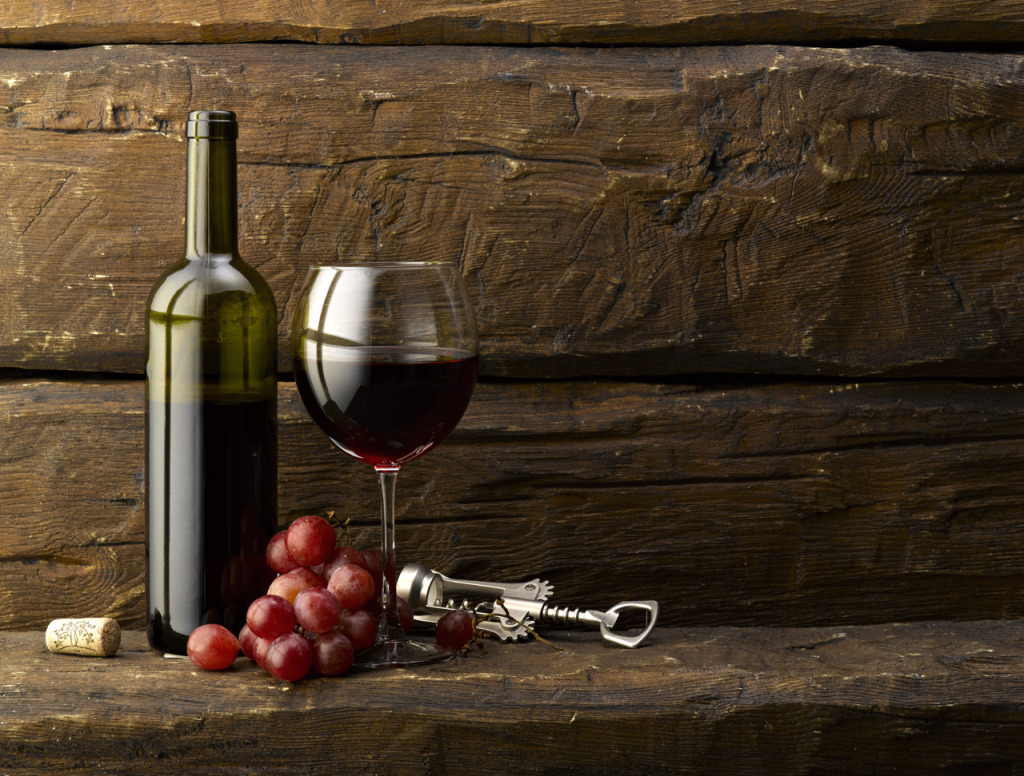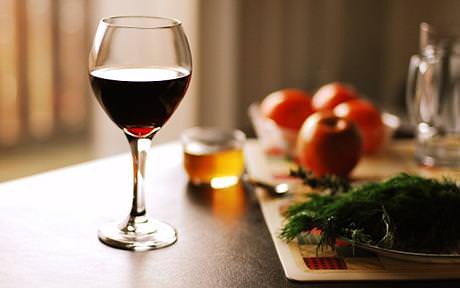A great post from Ryan Opaz originally on Medium
Last January, the annual “State of the Wine Industry” report was released, which analyzes the US wine industry in relationship to current trends, consumer behaviors and potential threats from imports. This is required reading for anyone in the wine industry, especially with the US becoming the largest consumer of wine worldwide — 339 million cases of wine in 2013 to be exact to France’s 296 million cases. Not bad for a backwards little breakaway republic on the verge of the Trumpocalypse.
This year, however, the State of the Industry report highlighted a trend that made me, a Portuguese wine advocate, take notice: the growth of ‘Red Blends’ sales in 2015. Red blends are hot in the US, VERY hot and growing fast!
According to the report:
”The growth in the red blend category is taking place more in the $8–$11 price categories, suggesting growth is taking place largely with millennials. Today, it’s a price category overwhelmingly dominated by larger wine companies.”
Why do I care? For the past 13 years, I’ve been in love with Portuguese wine. For me, Portuguese wines offer some of the most diverse options for any true wine lover. This diversity is largely thanks to the fact that Portugal is blessed with 200+ wine grapes in active production today. Diversity is Portugal’s greatest strength, and red blends are its lifeblood. Port wine alone, which can boast of blends containing 10+ grapes, are some of the greatest values in the wine industry today. So often misunderstood, and so often under priced, the QPR on Port wine is astounding! But blends don’t stop there. Native field blends are par for the course in Portugal, as exemplified in back labels containing 5+ varietals. Often, the grapes aren’t listed because no one knows exactly what’s planted in the vineyard, but this is changing.
For a variety of reasons, the groups that promote Portuguese wine wanted to have a singular “grape” to help identify Portugal and promote sales in export markets. They reasoned that US markets sold wine by grape first, hence they needed a Portuguese grape to effectively compete. Instead of embracing what made them special, the blend, they sought out grapes that non-Portuguese speaking people could pronounce in order to label a wine “100% -Insert Grape Name-.” Some of these wines were great, some are amazing in fact, but they, with few exceptions, are not the “real Portuguese wines” that I have come to love.
The Portuguese have a chance to reclaim their soul. Consumers don’t need a grape on a label to buy it. Sure it can work, it has worked, but look at Bordeaux. Look at Champagne. They did pretty well with a their blends. They used branding to sell their wines, and I think it’s about time time Portugal did too. Hell, two of the most successful Portuguese wines ever, in history, don’t mention grapes on the back label: Mateus and Lancers. Sure they may not be the height of sophistication, but it does show that you don’t need a grape on the label to dominate the US market. You need solid branding.
The report goes on to summarize:
“Our prediction is that consumers will push premiumization even further. The trend will be most noticeable between $10 and $20 for the next several years. The $3–$6 segment with all the volume is at the greatest risk of decline.”
If wine drinkers are already embracing the blend, and starting to trade up, Portuguese wine needs to be there. Today is the day for you to shine in your glory: “Embrace the blend, embrace Portuguese wine!” Red blends are your history, your DNA. Go forth and sell it! Please don’t miss this boat. With the biggest wine drinking public in the world today demanding your lifeblood, you would be a fool not to step forward and share your story. Plus, big brands hold sway over this section of the market, so why not step in with your artisanal boutique red blends from small family producers. The millennials are looking for something new, and you have the perfect product to offer them.
Portugal, your spotlight has arrived!



 0
0
